- Home
- Articles
- Architectural Portfolio
- Architectral Presentation
- Inspirational Stories
- Architecture News
- Visualization
- BIM Industry
- Facade Design
- Parametric Design
- Career
- Landscape Architecture
- Construction
- Artificial Intelligence
- Sketching
- Design Softwares
- Diagrams
- Writing
- Architectural Tips
- Sustainability
- Courses
- Concept
- Technology
- History & Heritage
- Future of Architecture
- Guides & How-To
- Art & Culture
- Projects
- Interior Design
- Competitions
- Jobs
- Store
- Tools
- More
- Home
- Articles
- Architectural Portfolio
- Architectral Presentation
- Inspirational Stories
- Architecture News
- Visualization
- BIM Industry
- Facade Design
- Parametric Design
- Career
- Landscape Architecture
- Construction
- Artificial Intelligence
- Sketching
- Design Softwares
- Diagrams
- Writing
- Architectural Tips
- Sustainability
- Courses
- Concept
- Technology
- History & Heritage
- Future of Architecture
- Guides & How-To
- Art & Culture
- Projects
- Interior Design
- Competitions
- Jobs
- Store
- Tools
- More
Architectural Visualization in Motion: When a Still Image Isn’t Enough

High-resolution stills have long been the standard in architectural presentation, but today’s decision-makers are no longer satisfied with beautiful snapshots alone. As clients become more spatially aware and technically fluent, the expectation shifts toward experiences that move, respond, and evolve. This is precisely where 3D and Virtual Reality (VR) tour services come into play — offering architecture and design professionals a way to communicate ideas with depth, continuity, and agency.
Rather than offering a single framed perspective, motion-based visualization invites users to explore. It empowers stakeholders to evaluate spatial flow, lighting behavior, and human scale in ways a static render cannot replicate. A dynamic scene reveals interactions between layout and movement, providing clarity that accelerates buy-in and eliminates interpretation gaps.
Table of Contents
ToggleWhy Movement Matters in Architectural Storytelling
Static images are powerful for mood-setting and surface detailing, but they freeze architecture in time. The reality of space, however, unfolds through motion — turning a corridor, entering a threshold, or following light across a material at midday. Virtual tours simulate these sequences, translating architectural language into experiential understanding.
Still renders show the result of design choices. In contrast, animated or interactive formats expose the decisions in action. This makes them particularly valuable for:

- Demonstrating spatial relationships in complex floorplans
- Validating circulation paths in commercial or public facilities
- Presenting sequential experiences (arrival → transition → focus)
- Aligning expectations in multi-stakeholder developments
- Supporting early-stage marketing with spatial storytelling
When viewers navigate space at their own pace — whether through animated flythroughs or browser-based 3D walkthroughs — discussions move beyond aesthetics toward usability, atmosphere, and engagement.
How 3D and VR Tours Integrate into Design Workflows
Integrating motion-based visualization into architectural workflows requires thoughtful planning and some level of adaptation. Unlike static rendering, these formats often demand additional modeling refinement, lighting calibration, and performance optimization — especially when immersive VR is involved.
A practical integration process typically includes:
- Building geometry in CAD or BIM environments
- Importing models into real-time engines like Twinmotion or Unreal Engine
- Setting up interactive camera paths or immersive viewpoints
- Exporting for web viewing or optimizing for headset-based VR experiences
- Testing usability, performance, and device compatibility
While simple 3D walkthroughs can be delivered as browser links or interactive web embeds, full VR tours — especially those intended for Oculus or similar headsets — require attention to navigation logic, motion comfort, and hardware constraints. These considerations make collaboration with experienced 3D and VR teams essential.
Applications Across Typologies
Virtual motion is not limited to luxury residential or hospitality sectors. In fact, its value increases in projects where navigation, scale, or user circulation must be clearly communicated. Common applications include:
- Pre-sales walkthroughs for multifamily developments
- Path-of-travel testing in healthcare and education design
- Retail space planning with branded user experiences
- Public consultation for infrastructure and civic projects
In each case, visualizing space as a navigable environment — rather than a flat representation — helps stakeholders understand how architecture supports movement, context, and interaction.

Strategic Benefits for B2B Teams
Beyond aesthetics, the value of 3D and VR tours lies in how they support decision-making and communication. Stakeholders gain a more accurate understanding of intent, which reduces misalignment, shortens timelines, and improves confidence.
Practical advantages include:
- Accelerated approvals through immersive visualization
- Fewer revision cycles due to improved spatial clarity
- Enhanced engagement from clients with limited technical backgrounds
- Versatile use across design, sales, and public communication phases
Whether used in client meetings or digital marketing campaigns, interactive and immersive formats offer a return that exceeds static images alone — especially when used across multiple project stages.
Moving Beyond the Image
Still images remain a fundamental tool in the architect’s toolkit. However, they are no longer enough when the goal is to simulate lived experience or demonstrate space in motion. As audiences expect more realism and interactivity, formats like 3D walkthroughs and VR tours are no longer add-ons — they are strategic assets.
For studios and developers aiming to deliver projects with precision and presence, spatial storytelling now requires movement — not just vision.
Trained as an architect and seasoned in the editorial trenches, I turn raw design concepts into compelling narratives that resonate beyond studio walls. My work spans in-depth project spotlights, interviews with visionary designers, and analysis pieces that distill complex technical data into accessible insights. Whether polishing copy for publication or generating original features, I draw on years of practice to ensure every sentence captures architecture’s rigor, poetry, and cultural impact—inviting professionals and enthusiasts alike to see the built environment through a sharper, more inspired lens.
Submit your architectural projects
Follow these steps for submission your project. Submission FormLatest Posts
Top 3D Visualization Outsourcing Picks for 2025
Looking to scale your 3D production without expanding headcount or software spend?...
Visualizing the Invisible: How 3D Rendering Revolutionizes Basement Waterproofing Design
The architectural visualization revolution has transformed how designers approach complex building challenges,...
Mastering Atmosphere: How Lighting Transforms Architectural Visuals
When an architectural rendering falls flat, the issue often isn’t the design—it’s...
How to Create Immersive Soundscapes in Architectural Visualization
Sound matters more than you think. Imagine walking through a 3D-rendered home....


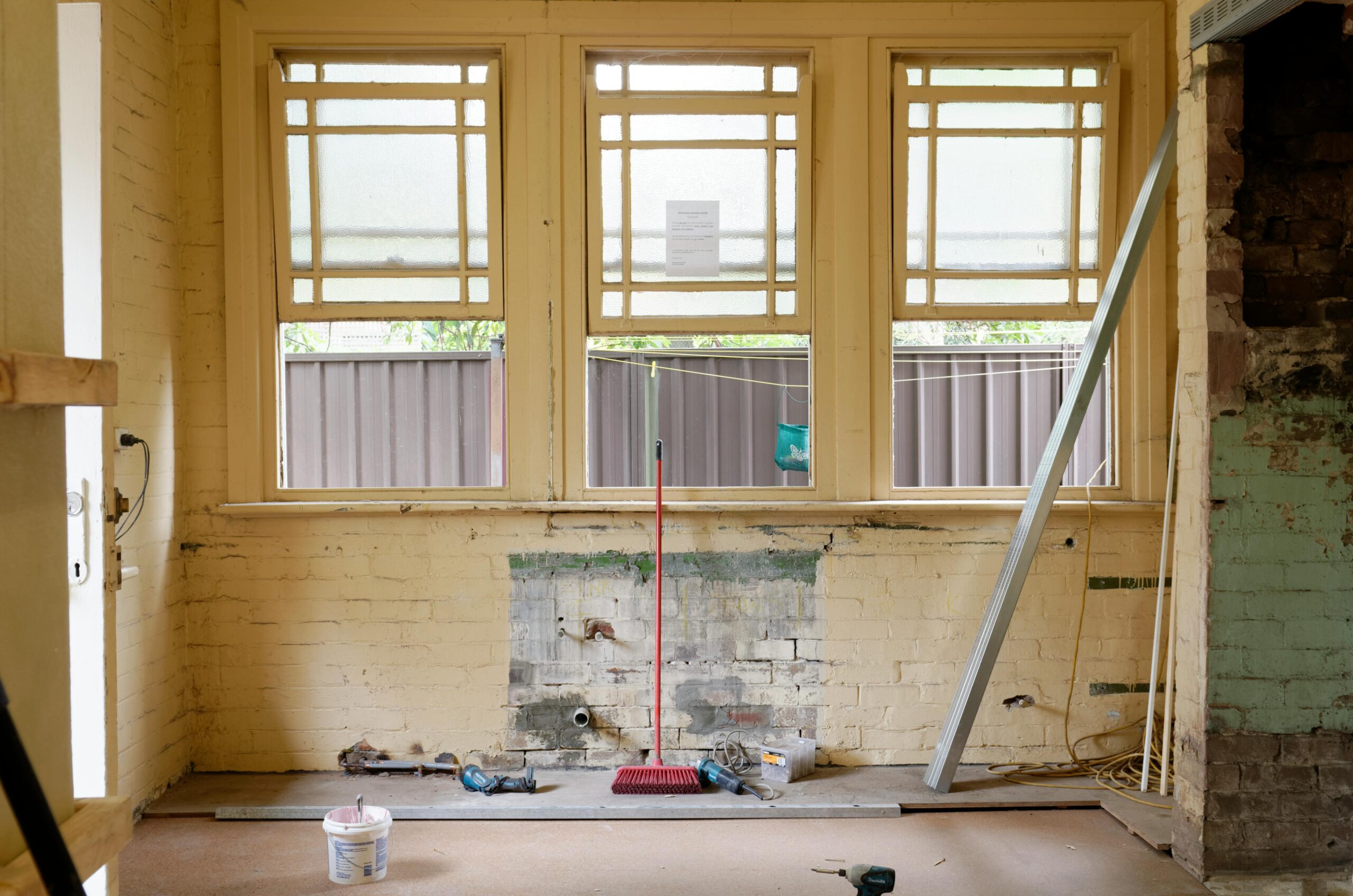



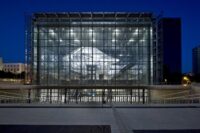

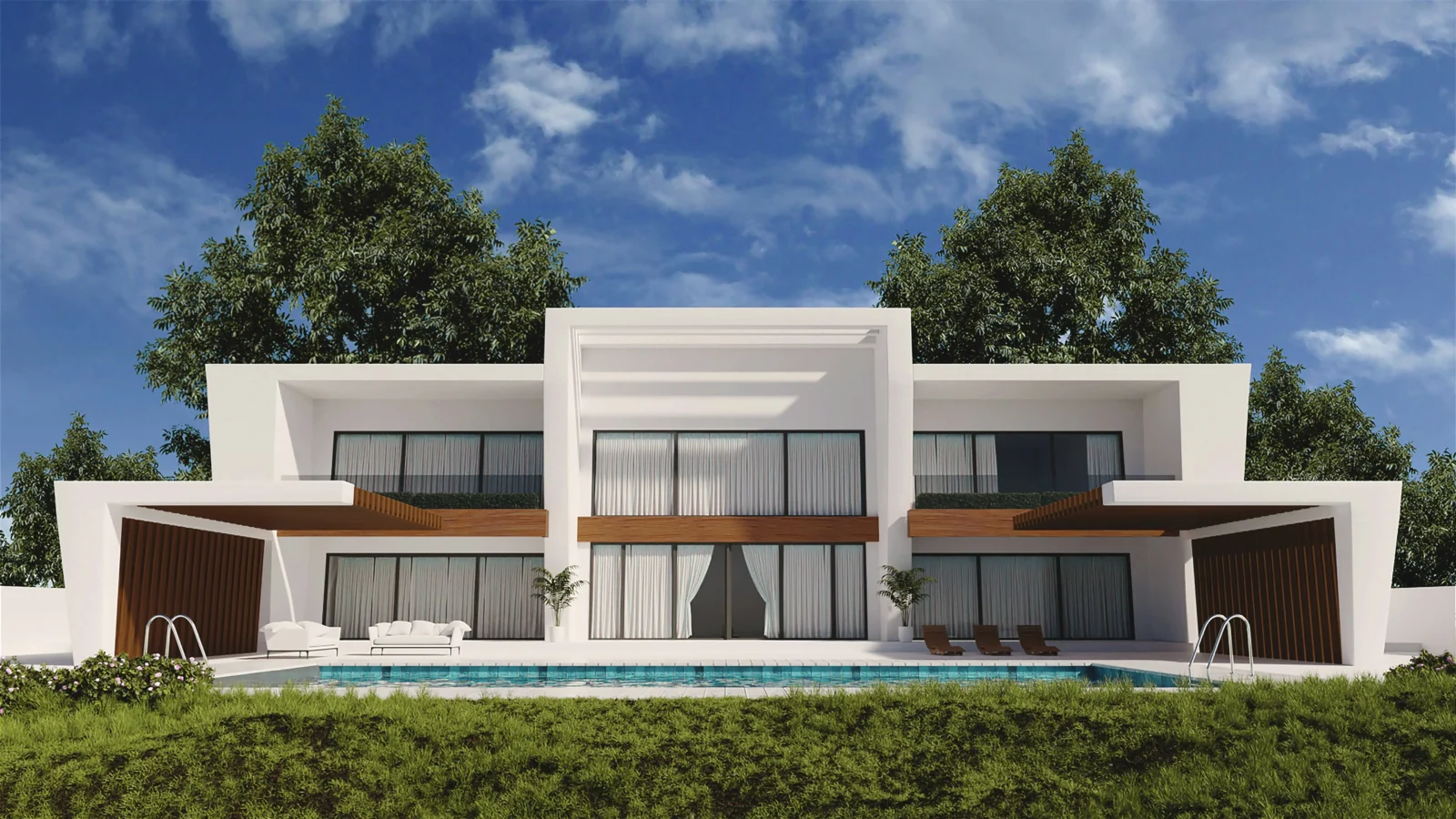

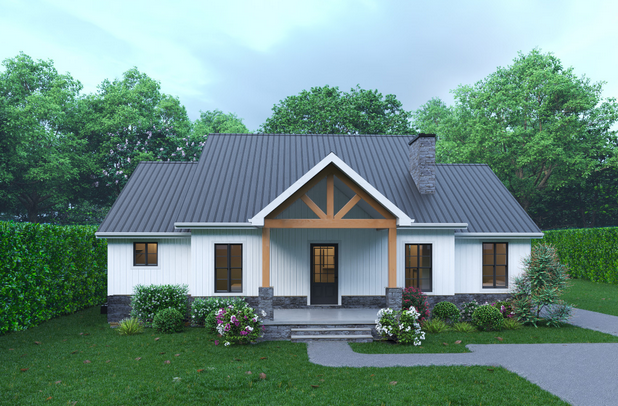
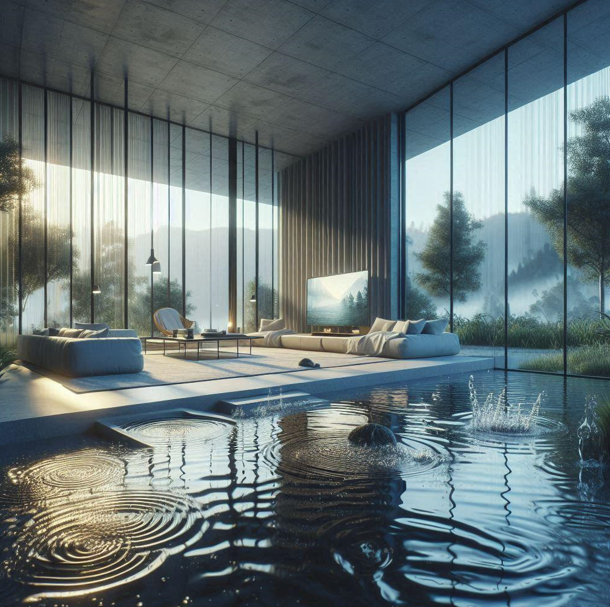
Leave a comment